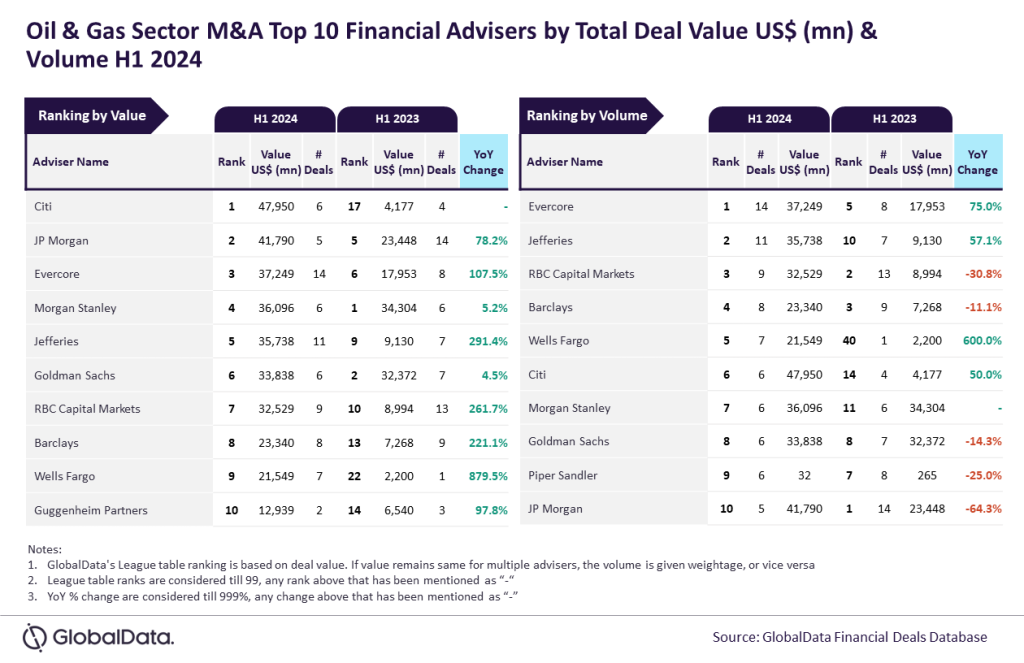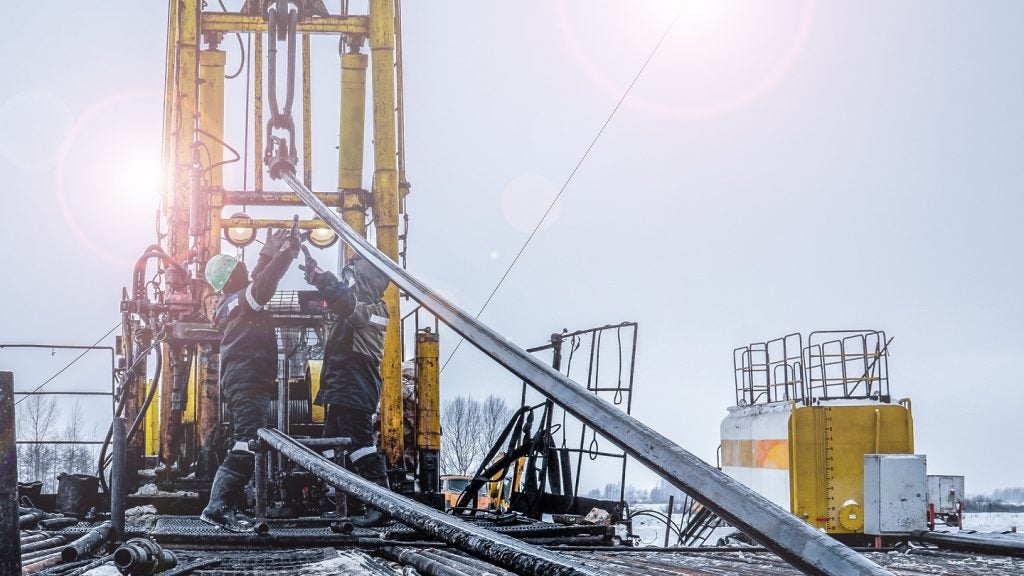Loma De Maria is a producing unconventional gas field located onshore Argentina and is operated by Capex. According to GlobalData, who tracks more than 34,000 active and developing oil and gas fields worldwide, the field is located in block Loma Negra. Buy the profile here.
Field participation details
The field is owned by Capex, International Finance, Metro Holding and YPF.
Production from Loma De Maria
The Loma De Maria unconventional gas field recovered 41.63% of its total recoverable reserves, with peak production in 2021. Based on economic assumptions, production will continue until the field reaches its economic limit in 2055.
About Capex
Capex SA (Capex) is an electricity generation and distribution company. It also extracts and distributes propane, gasoline and butane. The company explores oil and gas and produces oxygen and hydrocarbon. Capex electric power businesses are developed in the province of Neuquén through a combined cycle thermal power plant with an installed capacity of 672 MW. It explores oil and gas in the Neuquen, Chubut, and Rio Negro fields. The company generates electricity from its power plant in the area of Agua del Cajon field. Capex is headquartered in Vicente Lopez, Buenos Aires, Argentina.
For more details on the Loma De Maria Unconventional Gas Field, buy the profile here.
Data Insights
From

The gold standard of business intelligence.
Blending expert knowledge with cutting-edge technology, GlobalData’s unrivalled proprietary data will enable you to decode what’s happening in your market. You can make better informed decisions and gain a future-proof advantage over your competitors.






